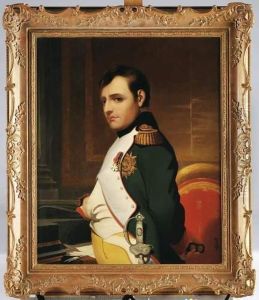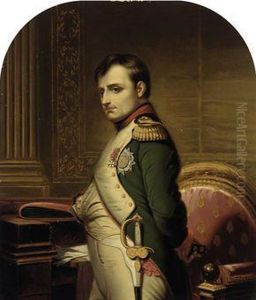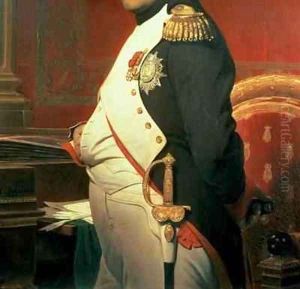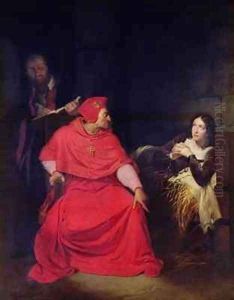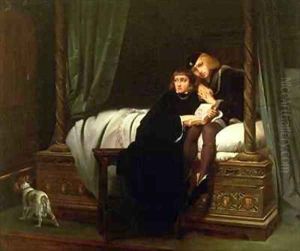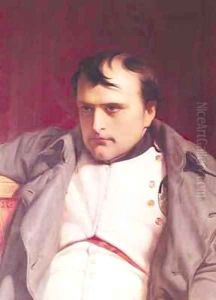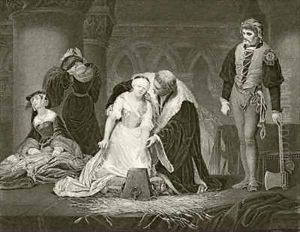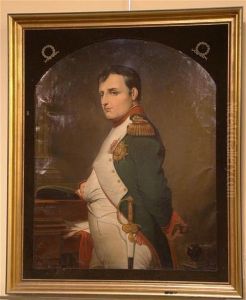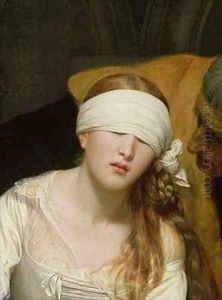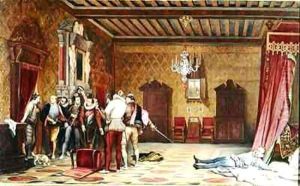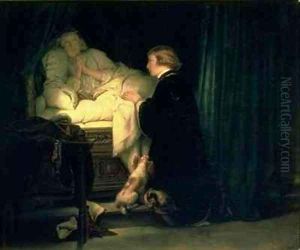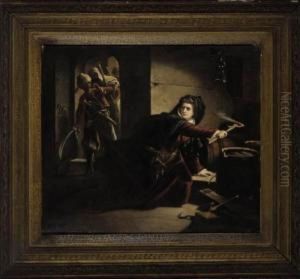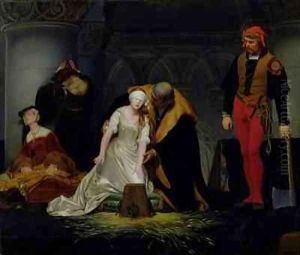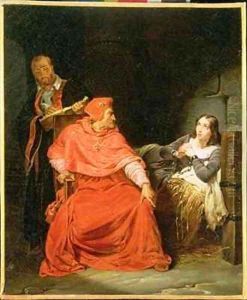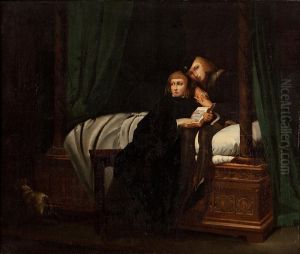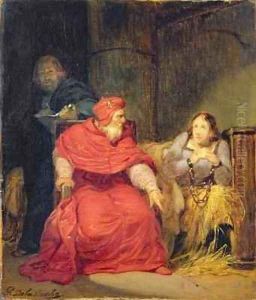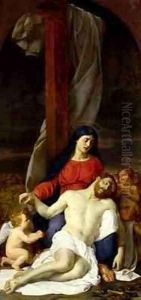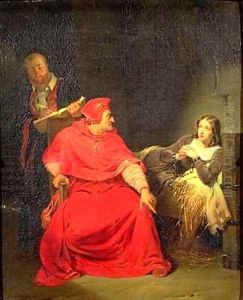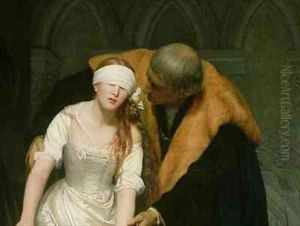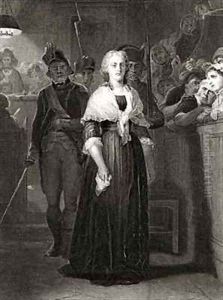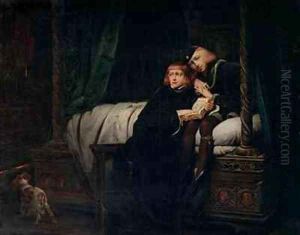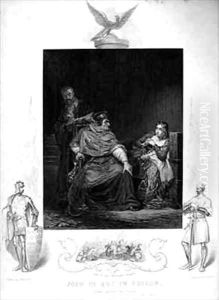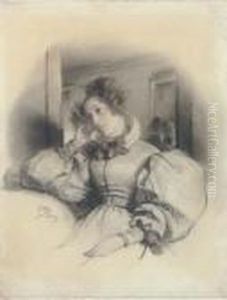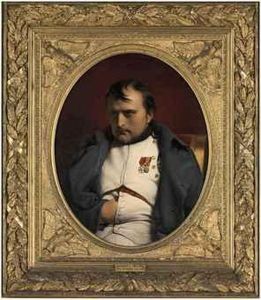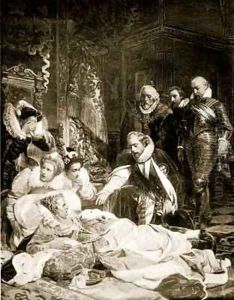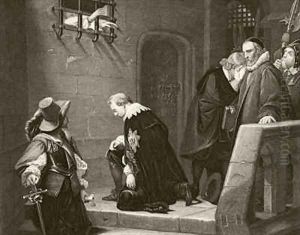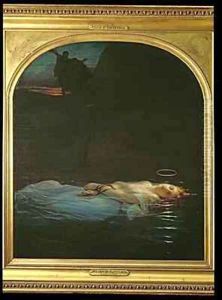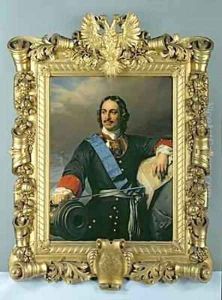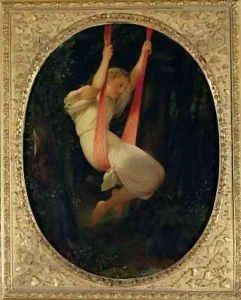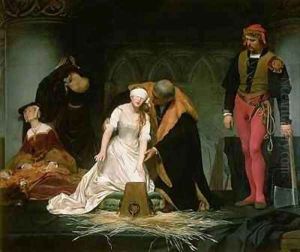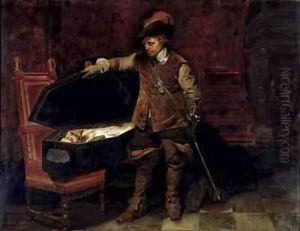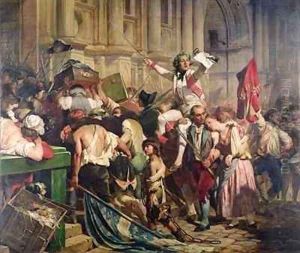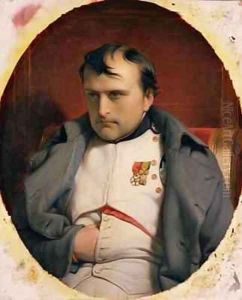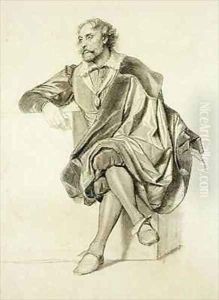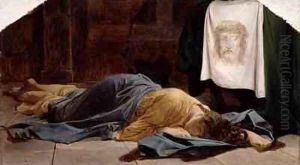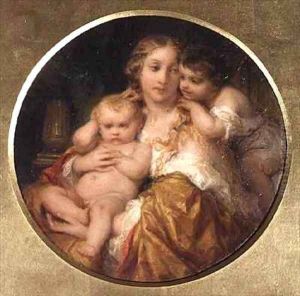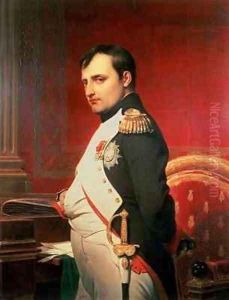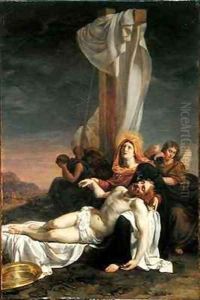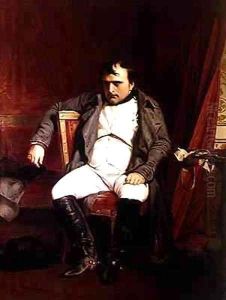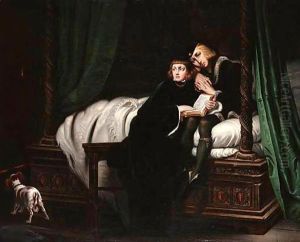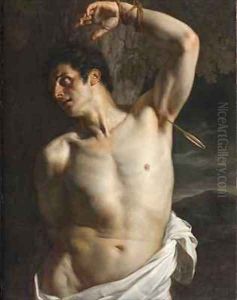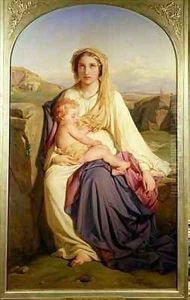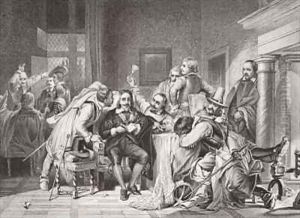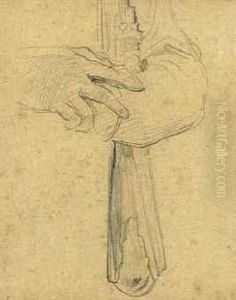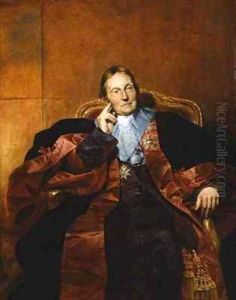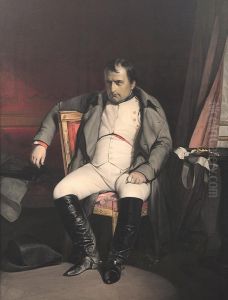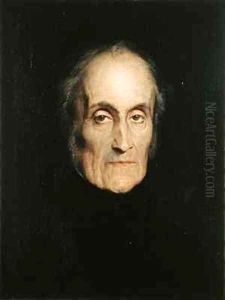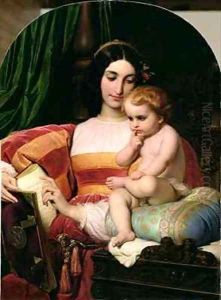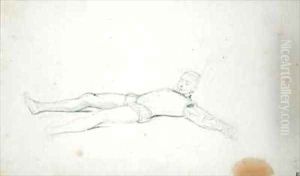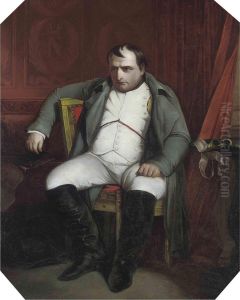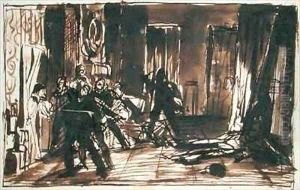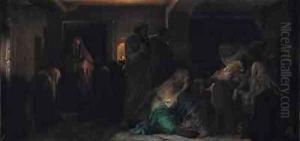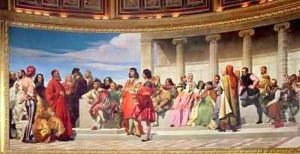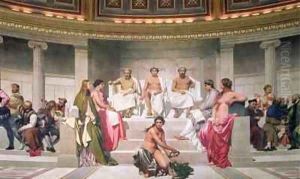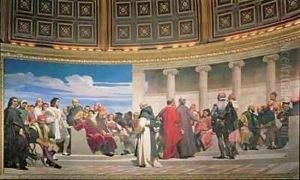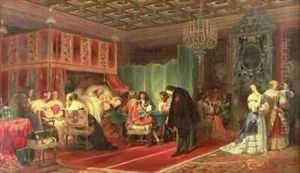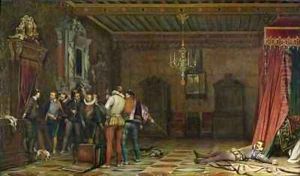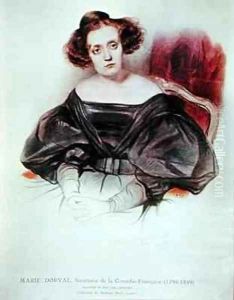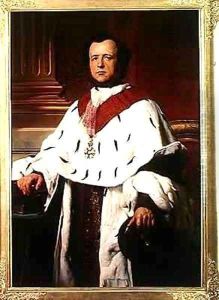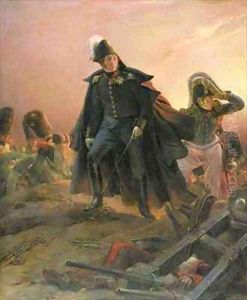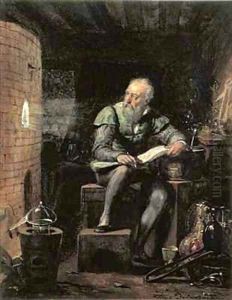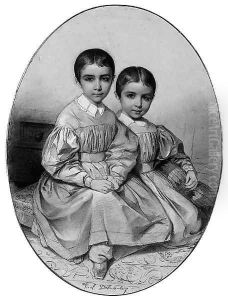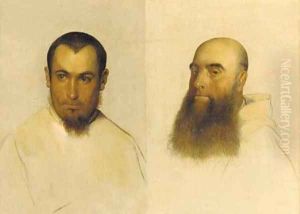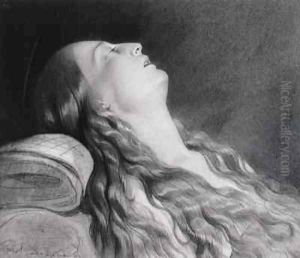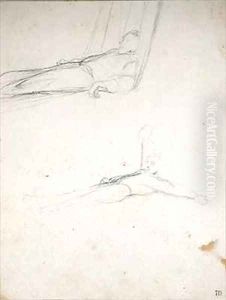Hippolyte (Paul) Delaroche Paintings
Hippolyte (Paul) Delaroche was a prominent French painter of the 19th century, known for his historical scenes and commitment to detailed realism in his work. Born on July 17, 1797, in Paris, France, Delaroche hailed from a family with a strong background in art and architecture, which likely influenced his career choice.
Delaroche studied at the École des Beaux-Arts in Paris and was a student of Antoine-Jean Gros, a noted painter of the Neoclassical and Romantic periods. Delaroche's style, however, diverged from the romanticism of his time and instead embraced a more precise, realistic approach to historical narrative. His works often depicted scenes from European history with a focus on the human element and the psychological drama of his subjects.
His breakthrough came in 1824 with the painting 'Joan of Arc in Prison', which received great acclaim for its emotional depth and meticulous attention to historical detail. Delaroche's reputation grew with subsequent works such as 'The Children of Edward' (1830), 'The Execution of Lady Jane Grey' (1833), and 'Cromwell and Charles I' (1831). These paintings were celebrated for their dramatic compositions and the artist's ability to convey the gravity of historical moments.
Delaroche's success led him to become a professor at the École des Beaux-Arts in 1832, where he influenced a generation of painters. Despite his popularity, Delaroche faced criticism from some contemporaries who felt his work lacked the imaginative flair characteristic of the Romantic movement. Nevertheless, his dedication to historical accuracy and the narrative power of his paintings kept him in high regard among many critics and art enthusiasts.
By the 1840s, Delaroche began to fall out of fashion as the art world shifted towards new trends such as Realism and early Impressionism. Nonetheless, he continued to work and exhibit, and his historical paintings remained influential, particularly in the development of academic art.
Delaroche's health deteriorated in the latter part of his life, and he passed away on November 4, 1856, in Paris. Although his work was somewhat overshadowed by the avant-garde movements of the late 19th and early 20th centuries, Delaroche's contribution to art history has been re-evaluated in recent years, and he is now appreciated for his skillful storytelling and meticulous approach to the historical genre.
